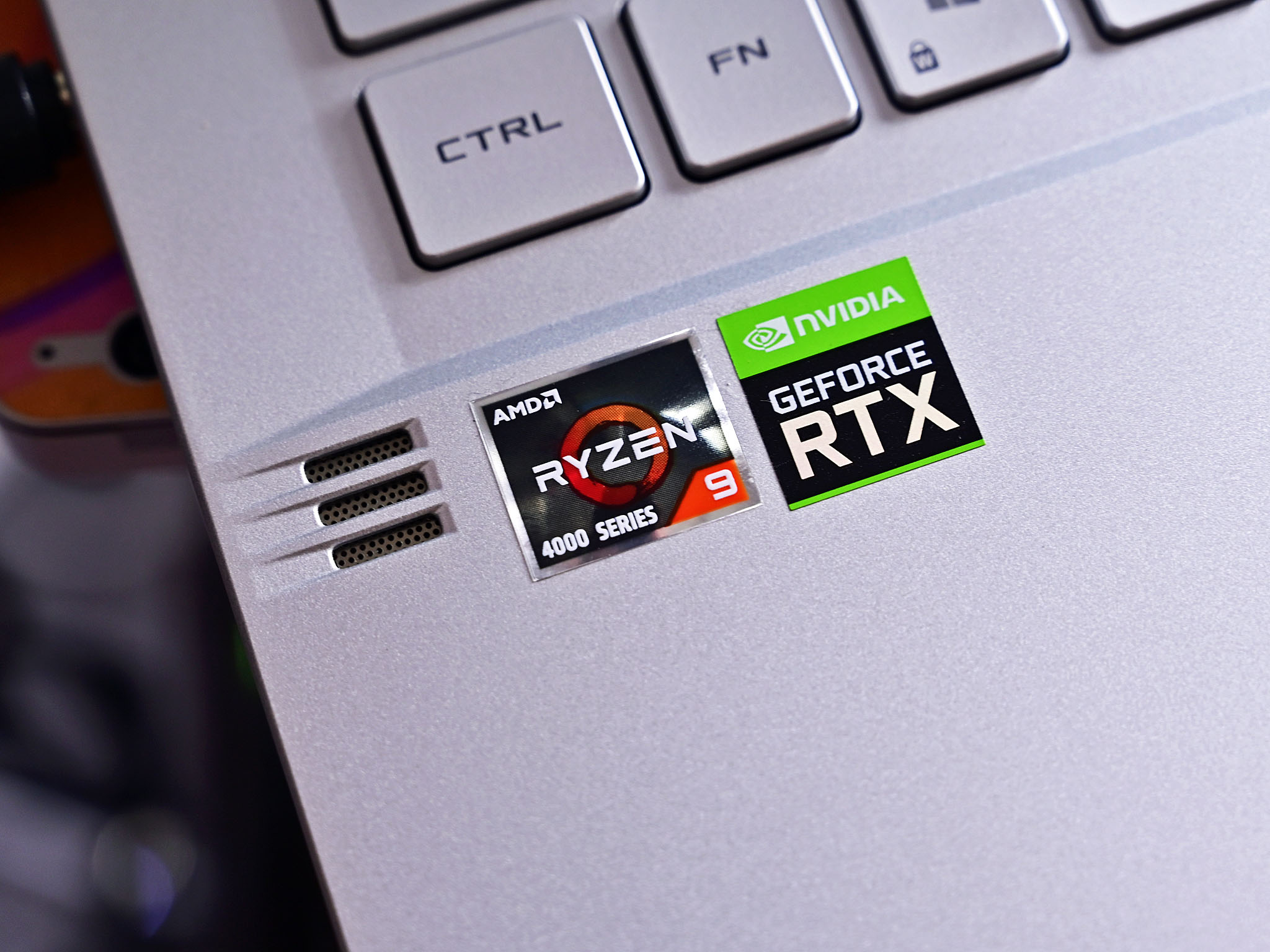- Jan 5, 2017
- 3,821
- 3,641
- 136

Is AMD 'cheating' to get better battery by reducing laptop performance?
AMD laptops bring a lot of power to the table, literally. You only see max AMD performance when plugged into an AC outlet instead of running on battery. Is that practice OK, though, and could Intel get away with it as well? Let’s talk about how laptops are changing.
Looks like a One Plus 9-esque situation - sacrificing performance in order to prolong battery life. FYI on Intel performance is purely a function of temperature. PL1 and PL2 will change on the fly depending on how hot the CPU is for the given workload and duration, regardless of AC or DC power. That's why on laptops with less than beefy cooling subsequent Cinebench runs show a gradual drop in performance. This will happen despite the performance profile set in OEM software, like Omen Command Center for HP, Armory Crate for ASUS, Alienware Control Panel for Alienware, Lenovo Vantage for Lenovo etc.
Like for example when opening an app, for a fraction of a second clock speeds on Intel will shoot up to the Max turbo, even if it means that the temperature shoots up to near or at throttling limit. This happens irrespective of whether the laptop is on battery or not.
TL;DR: instantaneous performance with Intel is a function of temperature, while with AMD it is a function of AC/DC power.


